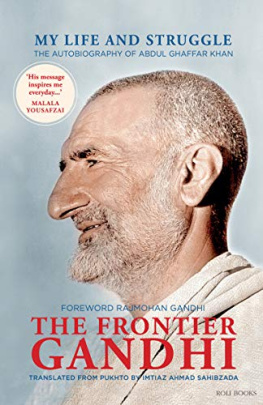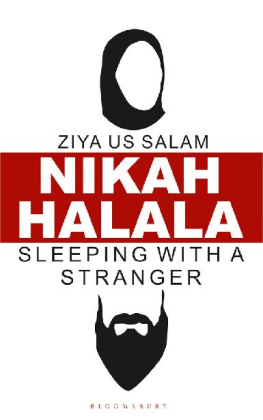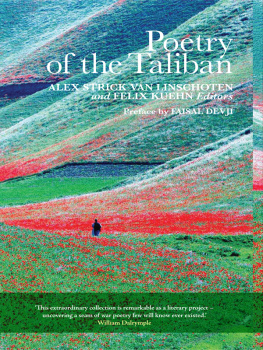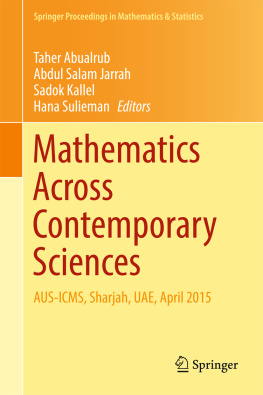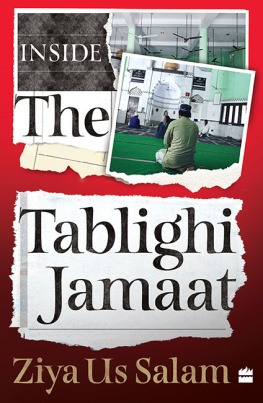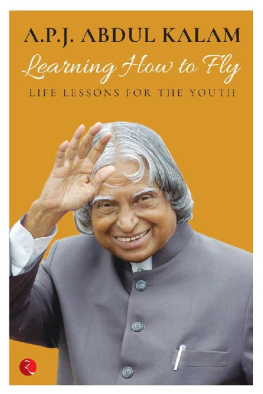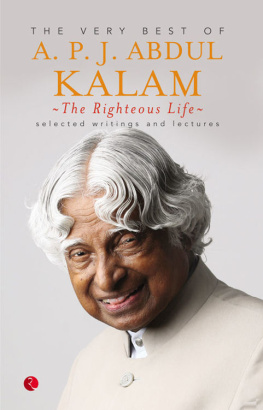MY LIFE WITH THE TALIBAN
My Life with the Taliban
ABDUL SALAM ZAEEF
Edited by
Alex Strick van Linschoten and Felix Kuehn
First published in 2010 by
C. Hurst and Co. (Publishers) Ltd.,
41 Great Russell Street, London, WC1B 3PL
www.hurstpublishers.com
Distributed in the United States, Canada and Latin America by
Oxford University Press, 198 Madison Avenue, New York, NY 10016,
United States of America.
Copyright Abdul Salam Zaeef 2013
Editors introduction and translation Copyright
Alex Strick van Linschoten and Felix Kuehn, 2013
Foreword Copyright Barnett R. Rubin, 2010
All rights reserved
The right of Abdul Salam Zaeef to be identified as the author
of this publication is asserted by him in accordance with the
Copyright, Designs and Patents Act, 1988.
No part of this publication may be reproduced, stored in a
retrieval system or transmitted, in any form or by any means,
electronic, mechanical, photocopying, recording or otherwise,
without the prior permission of the publisher.
ISBN
9781849040266 (cloth : alk. paper)
9781849041522 (paper : alk. paper)
A full CIP record for this book is available from the British Library
This book is printed using paper from registered sustainable
and managed sources.
CONTENTS
This freedom put a proud people in chains
And turned free men into slaves
Independence made us weak
And slaughtered us
In the name of kindness
This is democracy by the whip
And the fear of chains
With a whirlwind at its core
Mullah Abdul Salam Zaeef
(written in Guantnamo)
Alex Strick van Linschoten and Felix Kuehn
You could tell it was a big bomb from the numbers of corpse-laden pickup trucks that passed us on our way to the river. There were so many bodies that in death they were shown disrespect, tossed into the back of cars and trucks for the journey back to town.
As we approached the scene we could see a gathering crowd of police cars and onlookers. Policemen and local villagers stood among what remained: overturned thermos flasks of green tea; vendors plastic baskets with nuts, biscuits and matches; a bright green, red and orange woven matall stained with bright red blood.
Young police officers mill around, manifesting a faint attempt at standing guard, as if they could somehow bring him back; three 4 4 cars, the fronts gnarled as if chewed by some subterranean monster; and everywhere the shoes that people had taken off before stepping onto the mats.
In front of the cars, the mat is ripped and mixed with a twisted mess of skull-caps, woollen blankets, shreds of clothes, half of someones brain, a trail of intestines. In the midst of all this lay a pair of primitive, rusted metal crutches. Trampled oranges, mixed with splatters of bloodnow starting to darken as they soaked into the ground.
These were the meagre traces of the people who stood here before the explosion, watching, laughing, talking. Witnesses at the hospital told of scores of severed feet being collected together, all detached from their bodies and a surprisingly common injury on that day.
It was 17 February 2008 in Kandahar, a clear-blue day with thin wisps of clouds in the sky. Abdul Hakim Jan, a well-known local military commander and tribal strongman, was dead. The suicide-bomber also took the lives of at least a hundred others with him in Afghanistans deadliest attack ever. Abdul Hakim Jan had driven to the banks of the almost-dry river to watch a dog fight. The commander was well-known for his unique style and appearance: he only ever wore blue, and used to wear three pairs of the Afghan traditional clothes, one on top of the other. His death was traumatic for his Alikozai tribealready decapitated by the loss of Kandahars pre-eminent mujahedeen commander, Mullah Naqiband an irreversible loss for the city.
As milestones go, this was an important one. Abdul Hakim Jan was one of the last of his generation of mujahedeen commanders still alive, and the only remaining guarantor of security in his native Arghandab district. It showed just how bad things had become in the south.
Two years later, Kandahar is even more dangerous. The average Kandahari faces daily NATO bombings throughout the region, occasional suicide attacks within the city, pervasive and unabashed corruption, rising food and fuel prices, and an increasingly brutal campaign of assassinations.
Kandahar never had what could be described as a bustling nightlife, but now the streets are deserted after dark. Even eighteen months ago there were many more people out and about in the evenings. Almost every week residents in the centre of the town are woken in the middle of the night by the crackle of a heavy machine gun or the boom of a rocket detonating, a sign that government installations are under attack.
Corruption is the norm in the Afghan government, and accompanies the majority of interactions between Kandaharis and officials at all levels. Bribes are needed for even the simplest operations, such as paying bills. Contractors frequently wage wars over foreign donor money, while tribal and personal disagreements are on the rise.
Drug-related corruption is endemic, particularly during the poppy harvest, or when the authorities make their half-hearted attempts at eradication. This links into the government security apparatus, which is often seamlessly attached to the drug traffickers and traders who seek to limit the power of the Afghan state. Particularly in southern Afghanistan, these links are common knowledge and are the cause of confusion and disappointment among the local population.
Few areas in Kandahar province can be termed safe, particularly when you remember that feeling safe and being safe are not the same thing. City-dwellers are largely restricted to the urban areas, and travelling from Kandahar to other parts of the country is a perilous undertaking. The main highway west from Kandahar to Herat is plagued by Taliban patrols and attacks, sporadic banditry and police corruption. The road passes through many notorious trouble-spots of Kandahar, Helmand and Farah provinces. Insecurity on the road has made it increasingly difficult to find drivers willing to transport goods the 136 kilometres to Lashkar Gah. One construction company owner said that shifting material from Kandahar City to Lashkar Gah costs him several times more than getting the same material from Lahore to Kandahar.
When you travel east of Kandahar City towards Kabul, the road passes through Zabul province as well as through dangerous areas of Ghazni and Wardak. Taliban fighters regularly attack convoys on this road, snipers have been known to target passing vehicles, and Taliban inspections and checkpoints are a standard feature. The road itself is heavily damaged, with many deep potholes from IEDs and other attacks scattered along the way. All bridges seem to have been destroyed. For foreigners, there is no longer any place where it is safe to spend an extended amount of time. The only option is to make trips into the districts almost at random, which severely hampers movement and makes planned or extended work nearly impossible, especially for international organisations. Indeed, almost no foreigners visit the districts on any occasion.
One of the most serious problems is the invisibility of the people who pose a threat to ordinary Kandaharis. This is the major difference between Kandahar in 2009 and early 1994: in 1994 you knewat least to some extentwhere the danger was coming from. In 2009, hazards can emerge and disappear out of nowhere without explanation. Assassinations, beheadings, suicide bombers, IED attacks, aerial bombing, large-scale infantry attacks, or just crime-with-a-gun remain actual and present threats to ordinary residents of Kandahar province. As one tribal elder put it: I am not afraid of being killed by the Taliban . If the Taliban want to get you, they get you. There is nothing you can do. I am afraid of the suicide bombings, the random attacks, bandits and the fighting that can literally break out anywhere at any time.




